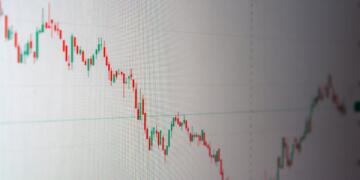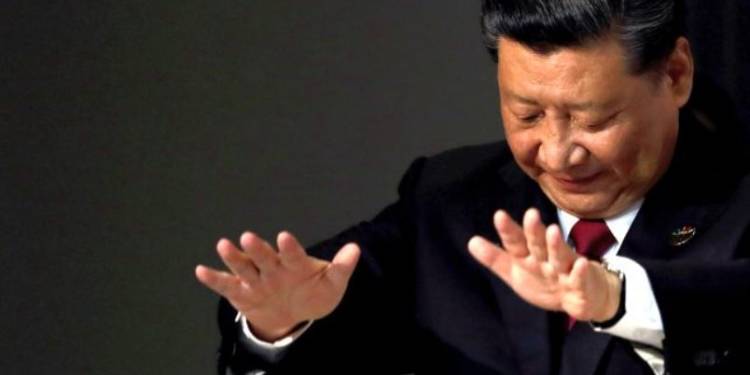The courageous decision of Prime Minister Narendra Modi and his government of decoupling itself from the hara-kiri Regional Comprehensive Economic Partnership (RCEP) deal was seen with a lot of raised eyebrows. The social media economists had run amuck targeting the Union government for helping China and potentially losing out on a big market. However, 2020 has been a year of unfortunate events for China and it is feeling the heat of India ditching its ambitious free-trade deal.
RCEP potentially includes more than 3 billion people or 45% of the world’s population, and a combined GDP of about $21.3 trillion, accounting for about 40 percent of world trade. However, India’s decision to not join RCEP has reduced the potential impact of RCEP significantly. The Dragon has realised that it cannot move ahead without India and that the RCEP is a dead deal without New Delhi. India had opted out of RCEP negotiations due to the concerns of domestic businesses about the trade agreement.
And so far the decision seems to be paying off big time. According to data from the Ministry of Commerce and Industry, India is fast bridging the trade deficit with China and Southeast Asia. Between April-July this year, exports to China jumped by 31 percent despite the lockdown. Similarly, India’s exports to Southeast Asian countries like Malaysia and Vietnam also registered exponential growth during this period.
If India had signed RCEP, this trade deficit would only have increased and the diplomatic chokehold New Delhi is applying on the Dragon’s throat with its allies would not have been possible.
The shockwaves of India dumping RCEP have been felt across mainland China and reported by TFI, the Chinese Foreign Minister Wang Yi is running from pillar to post to secure a free-trade deal in the Union to calibrate its position in the market. The aftermath of Coronavirus and the severe diplomatic backlash from all quarters has sent China’s already dwindling economy into a brain-wheezing tailspin.
Beijing is making unprecedented diplomatic overtures to the EU. While Yi himself is on a tour to Italy, the Netherlands, Norway, France and Germany, Yang Jiechi, CCP Foreign Affairs chief, is also going to visit Greece and Spain, and possibly Portugal next week. With these rare consecutive trips, China is pushing really hard for a trade deal with the EU. Beijing wants some respite amidst the Trump administration’s decoupling from China.
With Trump applying constant pressure on Beijing to honor the first phase of the Trade deal, the Xi Jinping authoritarian regime thought getting an FTA with EU in absence of a commercially viable RCEP deal would have been its get-out-of-the-jail-free-card.
The EU insists on greater transparency from China as well as the finalization of the investment treaty talks before moving on to an FTA. But Beijing hasn’t been able to deliver.
The USA and EU understand that China is in a dire need of this deal and therefore has been holding their cards to the chest.
Meanwhile, the EU has concluded a free trade and investment protection deal with Vietnam and June and is now looking to finalize an FTA with India. Thereby giving a double whammy to China in the free-trade-deal department.
The Coronavirus pandemic has been entirely a making of China and it has led countries like Australia, Vietnam and Thailand to develop a cold feet about the prospect of going ahead with the deal.
RCEP countries are apprehensive of going ahead on their own and have repeatedly have tried to woo New Delhi into RCEP negotiations by offering it the option of deferring commitments related to opening up its market.
India opting out of the RCEP deal had spelled doom for China and its aftershocks are being felt by Beijing in the post-corona world more than ever. If the trend continues, the economic might China used to boast about will be decimated to the ground. And when historians will look back, they will realize it all happened when India under a strong leadership decided to put its foot down firmly and stand its ground.

































